November 23, 2021
Employees ready for hybrid work—employers, not so much
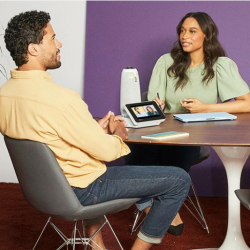 Global Workplace Analytics and Owl Labs, have released the annual State of Remote Work 2021 report. More than 2,000 full-time employees across the United States were surveyed to gain insights into who is still working from home, who has returned to the office. Also pandemic-related job and residential moves and the motivations behind them, dependent care issues, the pros and cons of hybrid communications, employee desire for flexibility, intent to leave a current job, employee productivity, stress and its causes, pet adoption during the pandemic, how office spaces are changing, and much more. More →
Global Workplace Analytics and Owl Labs, have released the annual State of Remote Work 2021 report. More than 2,000 full-time employees across the United States were surveyed to gain insights into who is still working from home, who has returned to the office. Also pandemic-related job and residential moves and the motivations behind them, dependent care issues, the pros and cons of hybrid communications, employee desire for flexibility, intent to leave a current job, employee productivity, stress and its causes, pet adoption during the pandemic, how office spaces are changing, and much more. More →




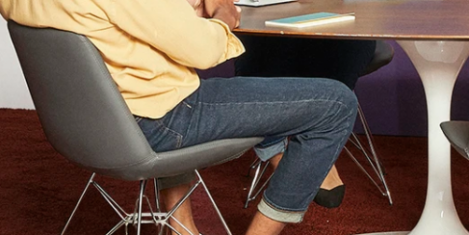
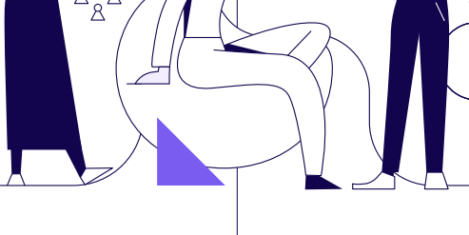
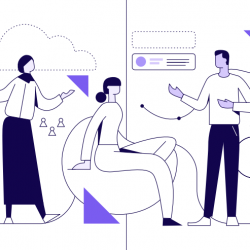 New research has highlighted concerns over the treatment of staff in the world of hybrid work. The
New research has highlighted concerns over the treatment of staff in the world of hybrid work. The 
 The
The 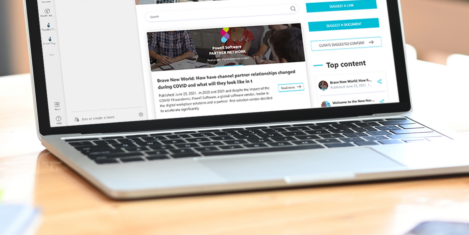
 As SMEs (small and medium-sized enterprises) grapple with a myriad of challenges to keep their companies running successfully,
As SMEs (small and medium-sized enterprises) grapple with a myriad of challenges to keep their companies running successfully, 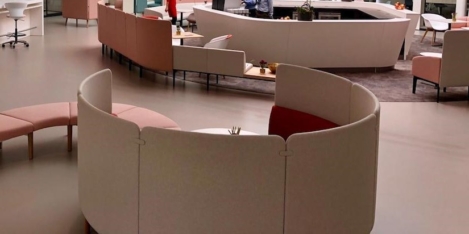
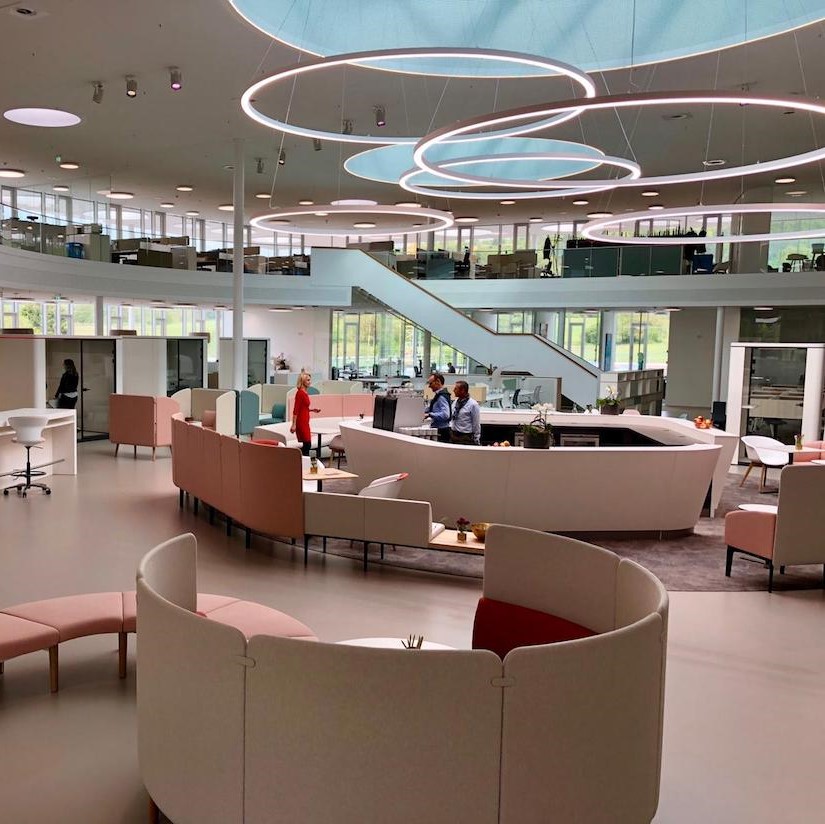
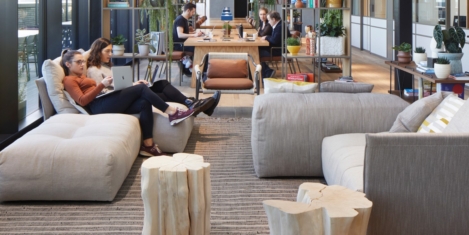
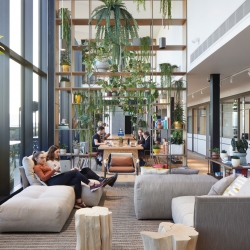

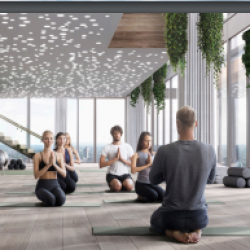 Businesses whose personnel are resistant to resuming full-time office working should address the issue of workplace air quality. A survey of UK office workers claims that 80 percent would feel more positive about a return to a five-day office week if action was taken to measure and improve the quality of air in their workplace.
Businesses whose personnel are resistant to resuming full-time office working should address the issue of workplace air quality. A survey of UK office workers claims that 80 percent would feel more positive about a return to a five-day office week if action was taken to measure and improve the quality of air in their workplace. 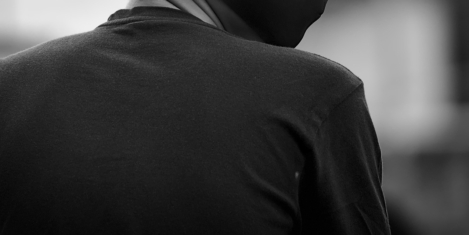
 Hiding the bottom half of the face with a mask could have a detrimental effect on our ability to socially interact and share other people’s emotions, new research suggests. A
Hiding the bottom half of the face with a mask could have a detrimental effect on our ability to socially interact and share other people’s emotions, new research suggests. A 
 With more than 13.5 million workers having returned to their place of work for at least one day a week, more than four million say that they do not feel entirely safe doing so, claims new research by
With more than 13.5 million workers having returned to their place of work for at least one day a week, more than four million say that they do not feel entirely safe doing so, claims new research by 
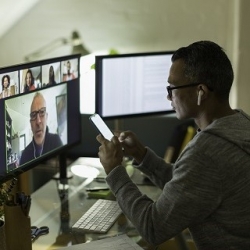 With more of us working remotely than ever before,
With more of us working remotely than ever before, 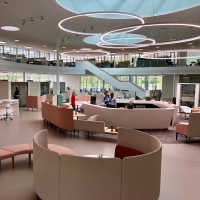 There’s no one-size-fits-all approach to work. Every business will need to test, iterate, and refine approaches depending on their team’s needs. However, after the once in a generation changes in the last year, and all of the talk about the office of the future, setting a digital-first baseline is a key first step. This means embracing a mindset shift to thinking of the physical office not as the HQ, but as just one tool at your organisation’s disposal. The HQ, meanwhile, becomes digital.
There’s no one-size-fits-all approach to work. Every business will need to test, iterate, and refine approaches depending on their team’s needs. However, after the once in a generation changes in the last year, and all of the talk about the office of the future, setting a digital-first baseline is a key first step. This means embracing a mindset shift to thinking of the physical office not as the HQ, but as just one tool at your organisation’s disposal. The HQ, meanwhile, becomes digital. 









November 11, 2021
Hybrid working is both a challenge and opportunity for comms firms
by Andrew Walker • Comment, Flexible working, Technology